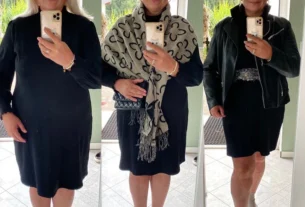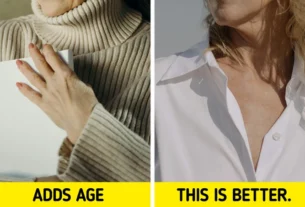For a long time, traditional pregnancy fashion was very limited. Instead of celebrating the baby bump, its main purpose was to hide the pregnant belly under layers of ruffles and pleats. Lately, however, we’ve been witnessing some long-awaited changes, such as replacing voluminous, shapeless blouses with elegant, low-cut evening gowns, cute mini skirts, trendy jumpsuits, and even hot pants. Whether their priority is stylishness, comfort, or making a fashion statement, it seems that pregnant women can enjoy more freedom in fashion than ever before. So let’s take a look back at the evolution of maternity clothes and spot some of the major style changes that have occurred over time.
1. 1400s — 1500s

In the 1400s and 1500s, women would stay home while pregnant, and there was no need for creating any special type of maternity wear. However, nothing mattered more than concealing the pregnant belly. To achieve this, the expecting mothers often opted for velvet materials. A century later, pregnant ladies started to use aprons to hide the bump.
2. 1600s — 1700s
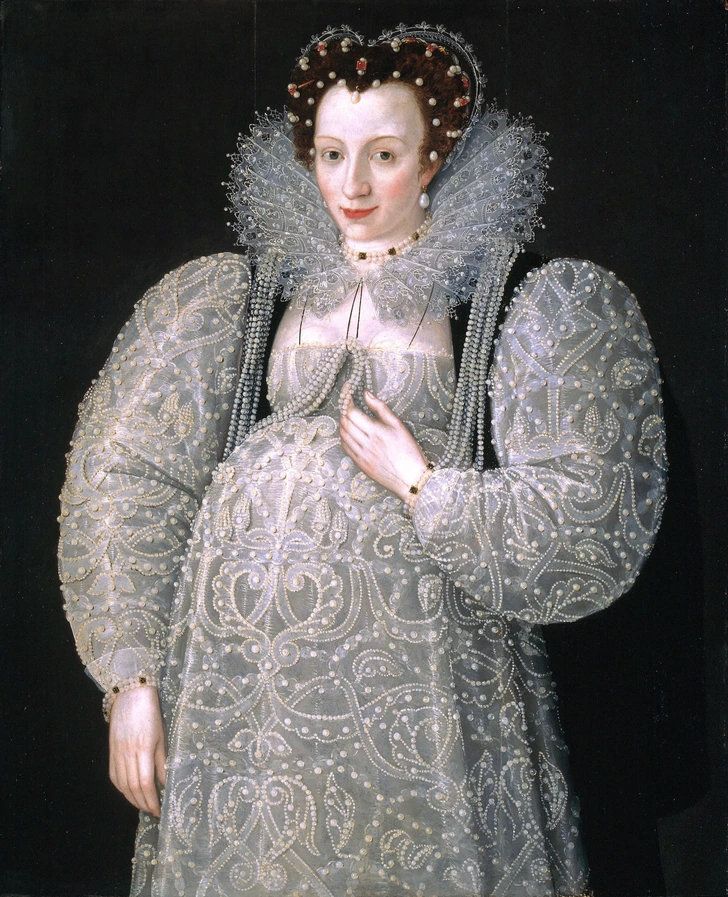
The Baroque period brought forth the first recorded maternity gown, called the Adrienne. It featured a high waist that made the dress comfortable to wear in all stages of pregnancy.
3. 1700s — 1800s
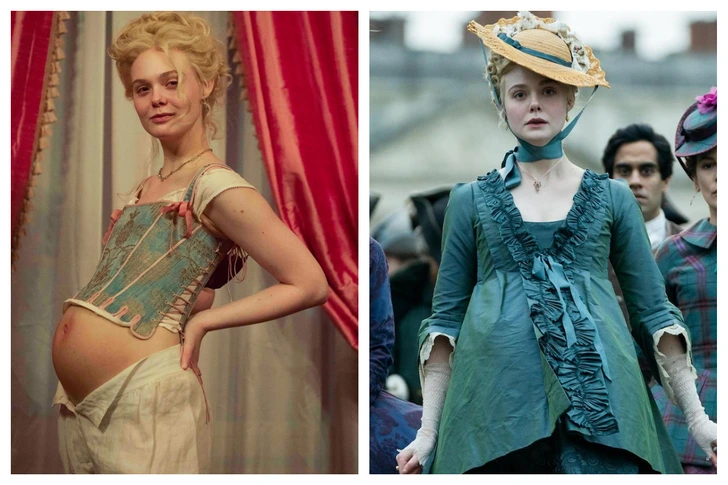
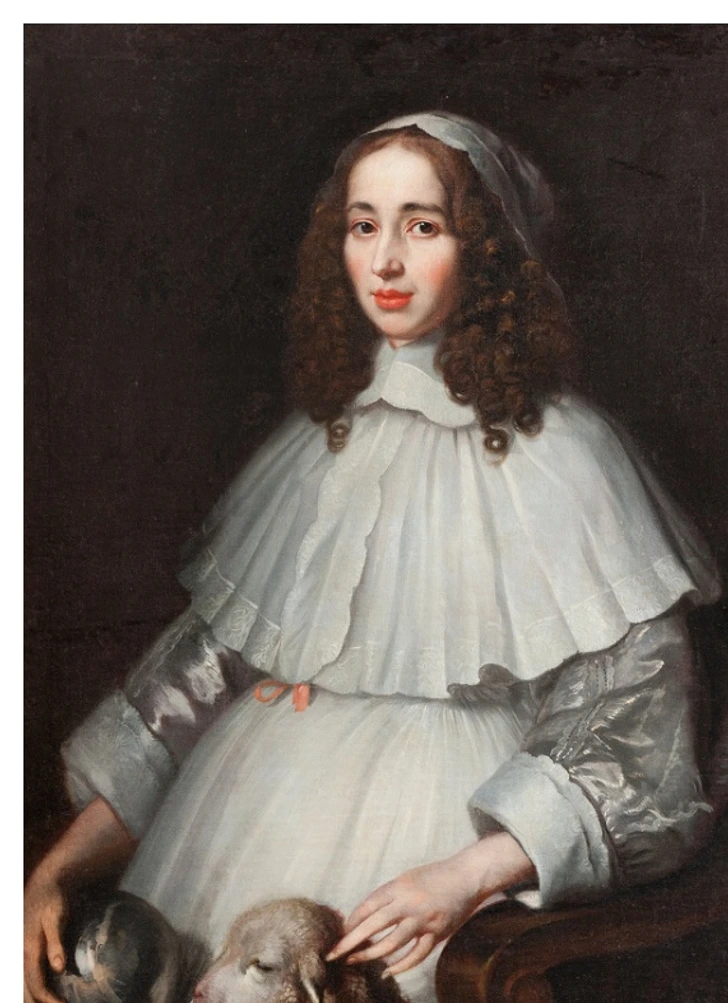
During this period, specially designed maternity corsets called maternity stays were a thing. They had light boning, were easy to adjust to a growing belly, and provided extra back support. Also, the Adrienne type of maternity dress was still popular, but it now included a bib in the bust area to allow for easy breastfeeding.
4. 1800s
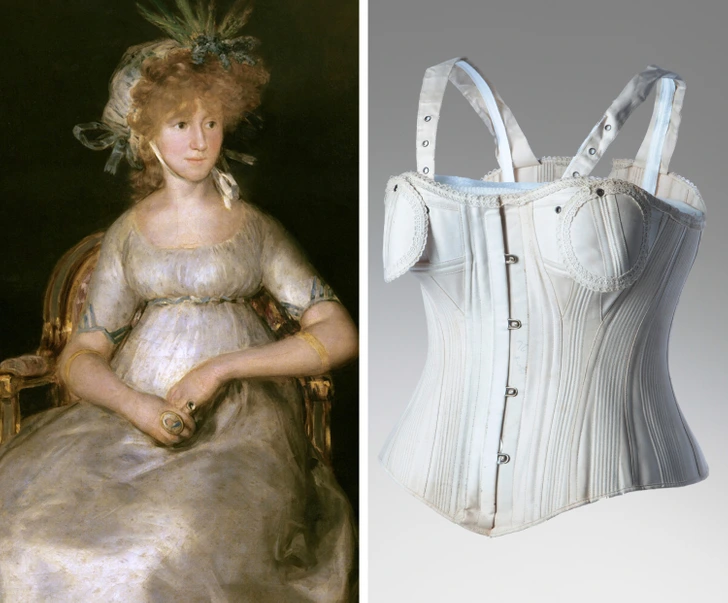
Thanks to the high waist that was already in style during this era, expecting mothers continued wearing the same dresses they wore before they got pregnant, and the invention of the nursing corset made everything a lot easier.
5. Early 1900s
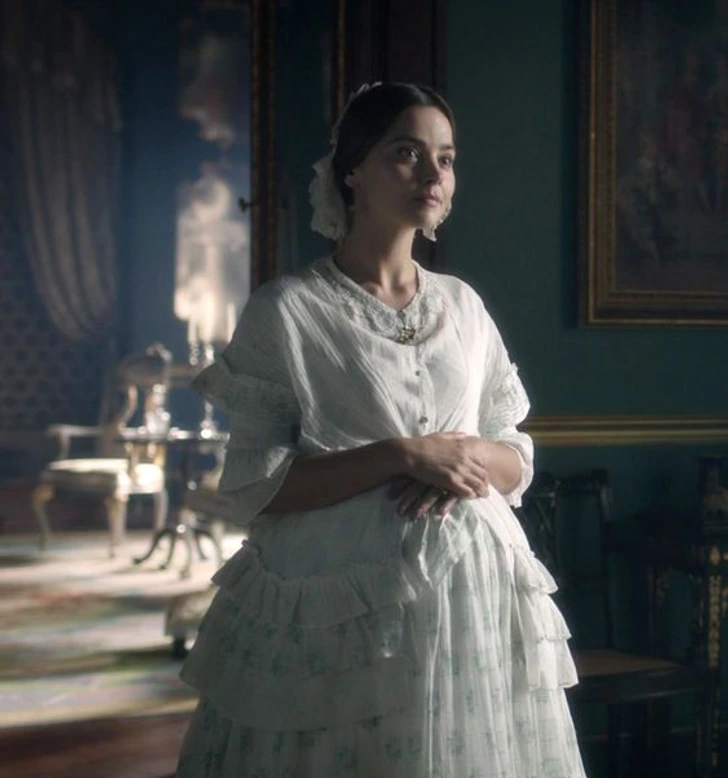
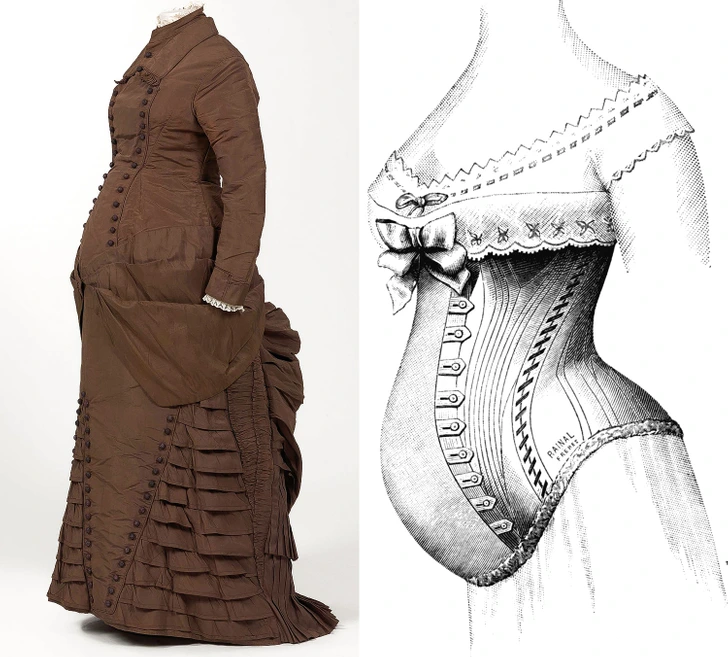
In the 1900s, the first ready-to-wear maternity clothes finally appeared in stores across the United States, offering more variety to pregnant ladies. Women were able to buy special, adjustable shirtwaists and maternity corsets that were still in fashion at that time.
6. 1920s
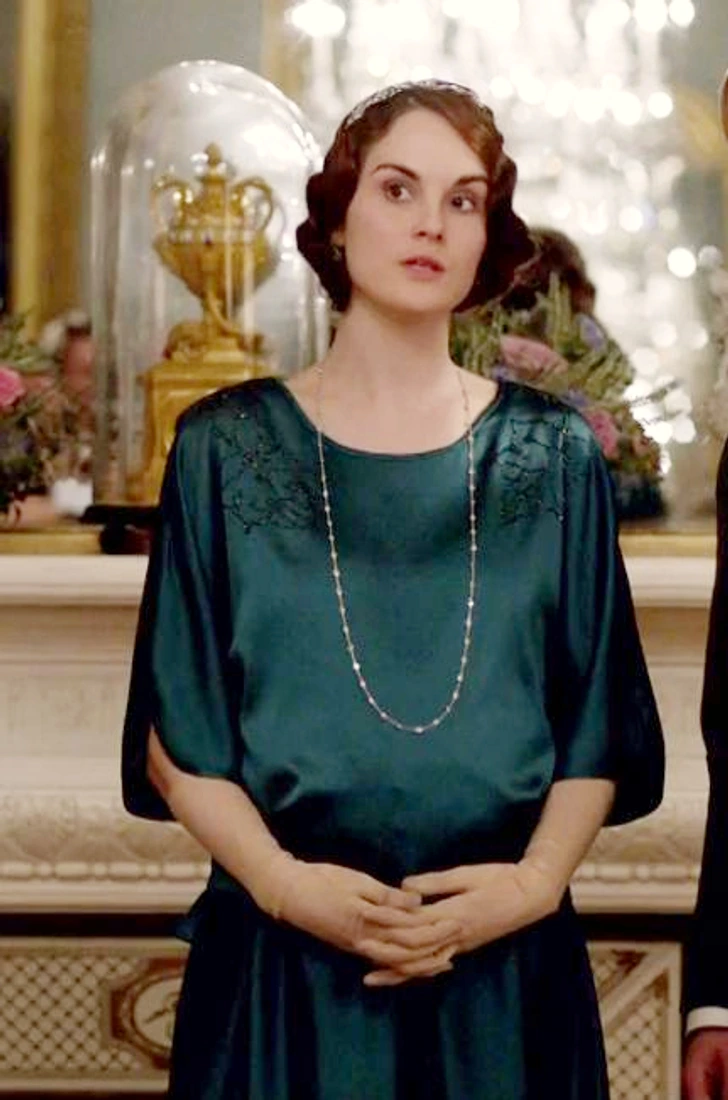
A sigh of relief for pregnant women came with the 1920s fashion that favored a loose fit and a drop-waist, offering the perfect balance of comfort and stylishness for future mothers.
7. 1930s
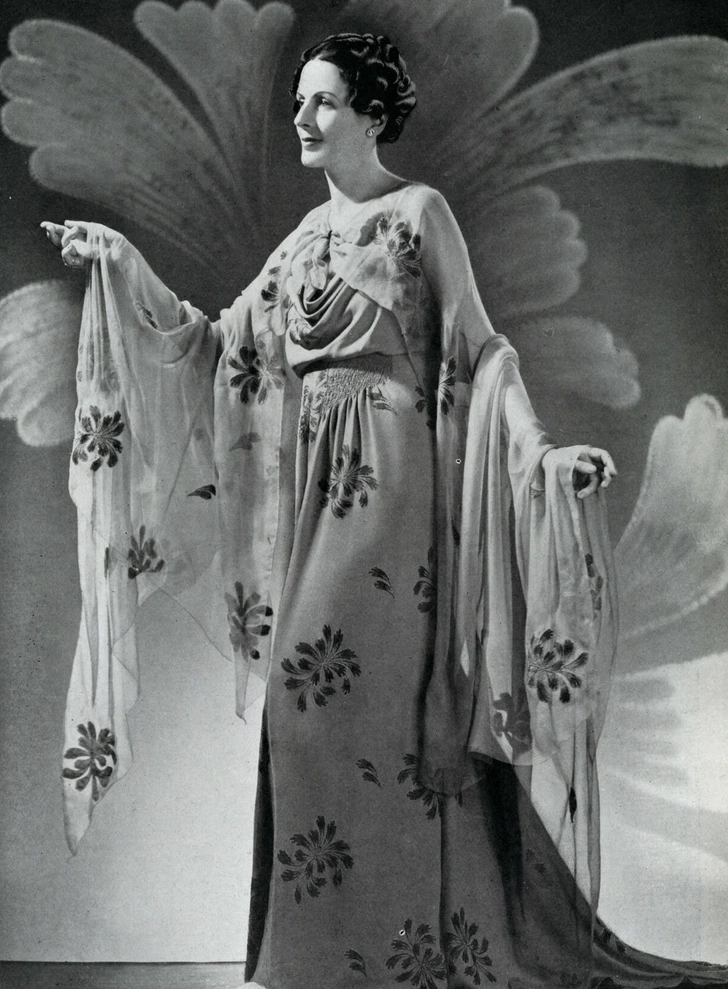
The ’30s saw a return to a more conservative style, and mothers-to-be were, once again, expected to hide the bump. Thanks to various embellishments, like ruffled necklines and oversized bows, women were able to look stylish while hiding their pregnancies.
8. 1940s
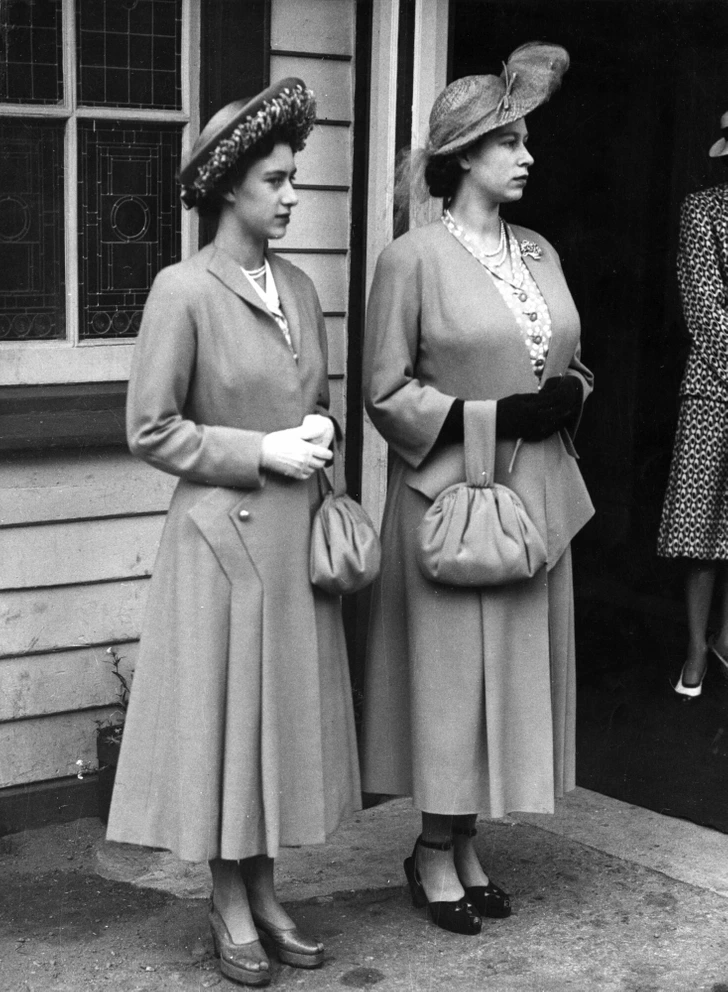
A-line silhouettes, wrap dresses, shirt dresses, and small prints became a big hit in the ’40s, while button-down blouses were very practical and often worn by breastfeeding moms.
9. The ’50s
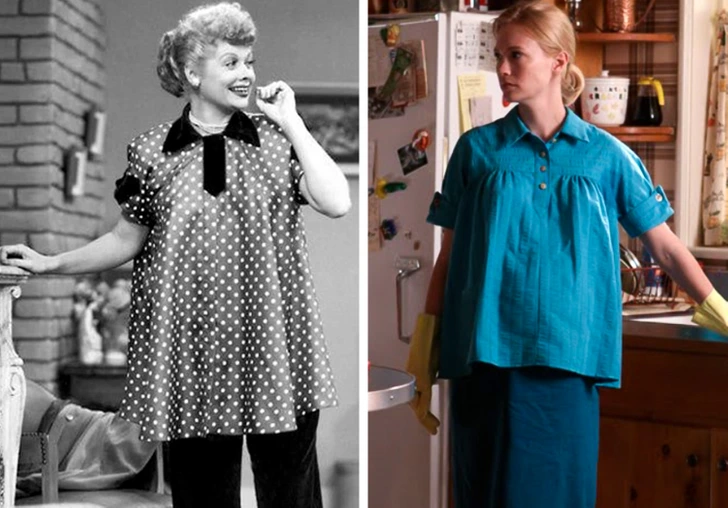
American actress Lucille Ball was the first celebrity to show a real-life pregnancy on a TV show, which was a significant step forward. She also popularized the signature maternity look of the decade, a loose-fitting top paired with tight pants.
10. The ’60s
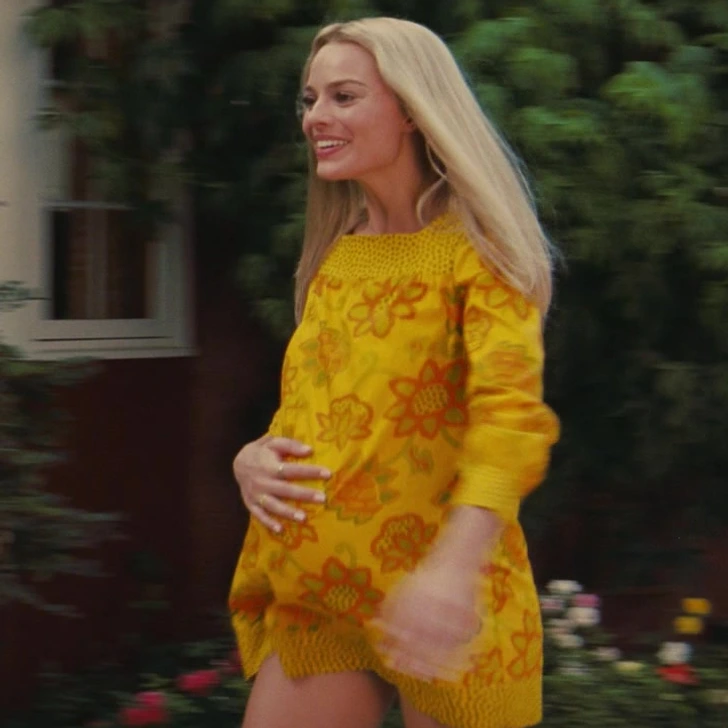
In the ’60s, women started buying specific maternity clothes for different stages of their pregnancy. Baby doll dresses were a favorite of moms-to-be for their open, flowy shape. It was also not uncommon for pregnant women to wear very short dresses.
12. The ’80s

The ’80s featured tent-like blouses with big bows and collars. When she was pregnant with Prince William, Princess Diana made oversized, pastel-colored shirt dresses an instant worldwide hit in terms of maternity fashion.
14. 2000 — 2010

Following the lead of the ’90s, the millennium brought a more relaxed, revealing maternity style. Not hiding the bump became even more popular, with stars like Sarah Jessica Parker, Kate Hudson, and Naomi Watts proudly and comfortably showing their pregnancies.
